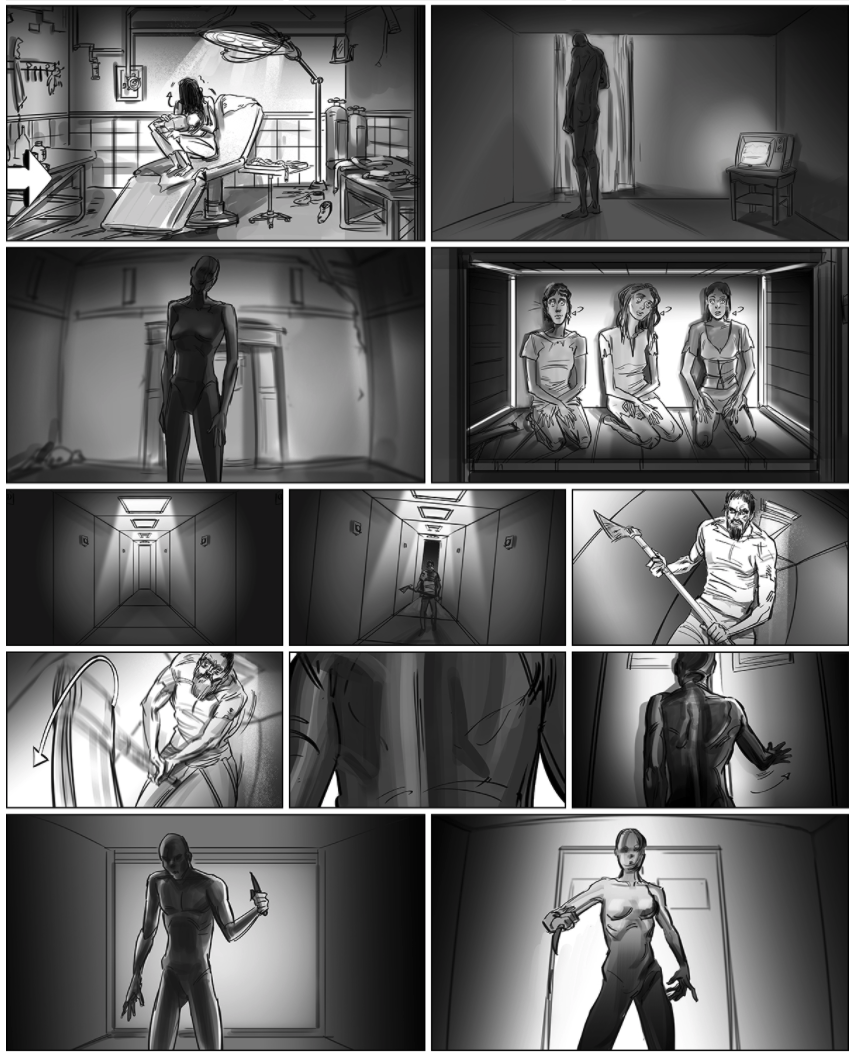Television shows, video games, advertisements, and movies all use vivid and visually impactful stories to engage their audience. To develop effective visual content, production companies employ storyboard artists at the beginning phases of the project to help develop the visual stories from conception.
Top storyboarders in the industry are skilled animators and multimedia artists that have a developed a specific skill set usually through extensive practice and experience and sometimes a formal education.
Let’s examine the steps necessary to produce a quality storyboard artist.
Step 1: Storyboard Artist Degree
Top-notch multimedia artists and animators, who hold desirable positions in the storyboard artist profession, will typically hold a bachelor’s degree. There is no degree available for storyboarding, but artistic majors cover the topics necessary for your career.
For example:
- Fine Arts
- Animation
- Game Design
- Development
You can even find many degree programs that make studies available in an online format.
The Bachelor of Fine Arts (BFA) and Bachelor of Arts (B.A.) and many other degree programs require coursework covering storyboarding that will provide essential training in story and concept development.
Furthermore, even though storyboarding is not a major, some schools offer it as a minor. This minor will contain all the practice and theory on conceptual development and drawing for character and design storyboards.
Step 2: Skill Development
A good storyboard artist is constantly improving their skills in storytelling through practice and experimentation. This can be accomplished through self-study or taking additional courses that expand their animation, drawing, and graphics knowledge. A storyboard artist with a wider range of storytelling skills will also have a more diverse portfolio, which is always a good thing.
Step 3: Build a Portfolio
As a rule of thumb, any artist hoping to make a career from their artistic talent will need to assemble a professional storyboard portfolio that showcases their work. This will provide a fine example of the skill and potential of the artist to potential employers. This portfolio should be reviewed and frequently updated always to include your latest works and highest skill level.
Step 4: Advancement
Many storyboard artists will take their careers to the next level and consider a supervisory position in the same field. These artists can then go on to be the directors and producers behind other projects. Some skills that would be essential for anyone considering this path would be teamwork, leadership, and time management.
What Is a Storyboard Artist?
The storyboard artists are responsible for bringing life to the concept so a client can clearly understand the final product. Their work will typically involve story and character building and address details.
This work may require them to:
- Conduct research for projects
- Meet and discuss projects with clients, directors, etc.
- Make changes to storyboards based on client/director feedback
- Utilize computer programs to create images
- Work closely with other animators/creative staff to develop a story
- How Much Do Storyboard Artists Make?
According to the U.S. Bureau of Labor Statistics (BLS), the average salary for storyboard artists in 2018 was around $73k. Computer systems design, advertising, and motion pictures are the highest paying industries for storyboard artists.













